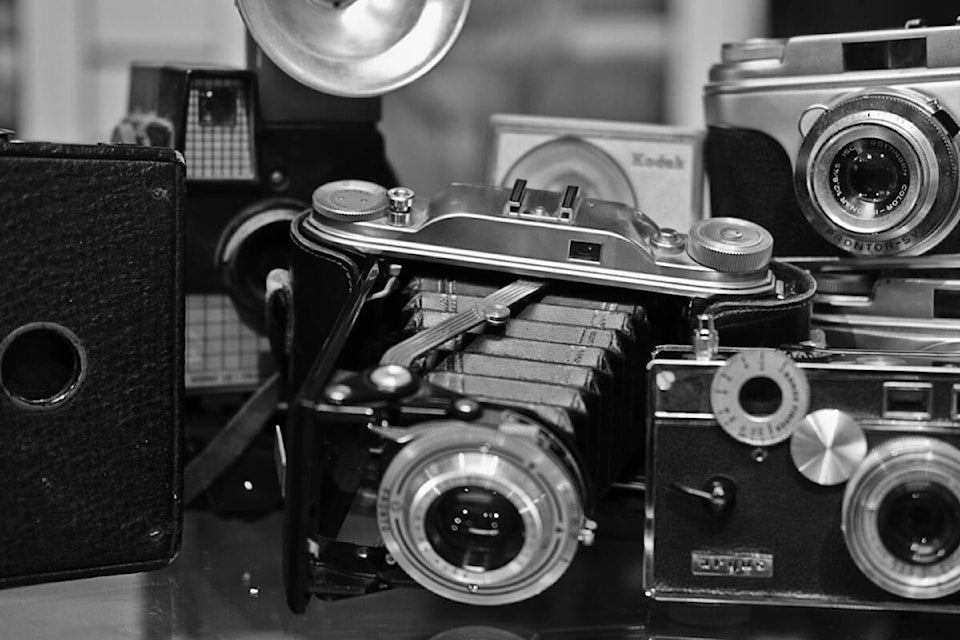
Exploring the Evolution of Analog Film Cameras: A Comprehensive Guide
Share
Analog film cameras have a rich history that dates back to the early 19th century. Let's delve into the evolution of these iconic devices and understand how they have shaped the world of photography.
What is the Origin of Analog Film Cameras?
The first practical photographic process was invented by Louis Daguerre in 1839, leading to the birth of analog photography. Early cameras used silver-coated copper plates to capture images, paving the way for the development of film-based cameras.
How Did Analog Film Cameras Evolve Over Time?
In the late 19th century, flexible film made from celluloid revolutionized photography, allowing for the creation of portable and more user-friendly cameras. The introduction of roll film by George Eastman in the 1880s further democratized photography, making it accessible to the masses.
What Were the Key Innovations in Analog Film Cameras?
The 20th century saw significant advancements in analog film cameras, including the introduction of 35mm film by Oskar Barnack in the 1920s. This compact format became the standard for both amateur and professional photographers, leading to the development of iconic cameras like the Leica.
How Did Analog Film Cameras Influence Photography?
Analog film cameras played a crucial role in the history of photography, shaping the way images were captured and shared. The manual controls and unique characteristics of film photography continue to inspire photographers around the world, even in the digital age.
As we reflect on the evolution of analog film cameras, we gain a deeper appreciation for the art and science of photography. These timeless devices have left an indelible mark on the history of visual storytelling, reminding us of the enduring appeal of analog craftsmanship in a digital world.
